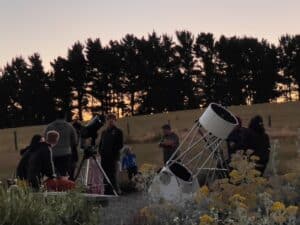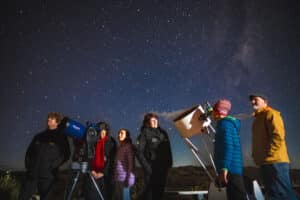When I was tiny, my grandfather, agronomist and storyteller extraordinaire, would tour our gardens in the evening to ensure everything was settled for the day, look up, and point out the stars he knew. We would talk about the phases of the Moon (I was mostly listening), and he would tell me all about the biological cycles of the plants he cultivated.
We had an enchanted garden that he and my grandmother looked after. It had beehives, white daisies, an elegant red rose climbing up the house, tulips, beautiful fragrant jasmine, white and lilac-lilac trees, and evening lilies and the Queen of the Night that he would make sure was planted every year to invade all senses at night. In addition, we had apples, pears, cherry trees, walnuts, an apricot tree, and lots of raspberry bushes … the works. So I grew up in a magical world where invisible silver spiders incessantly threaded connections between the land and the sky, where the weather was a daily constant to look for. The sky would descend upon the world every night in the form of the most beautiful nights, ripe with heavenly fragrances in summer and with the stars watching from above, incessantly glistening all year.
So there was never a border to separate the land and the sky, and why should you need one? Everything is in sync; the stars, the ground, the Moon and the Sun and even how our atoms combine are natural consequences of the Universe in which we exist.
This is a great reason to have a Moon Garden.
How big or small can a moon garden be?
One of the highlights of being at Star Safari is that we can finally have a Moon Garden as part of the stargazing experience. Star Safari is located on top of a hill at Glen Eden Farm, and our gracious hosts, Mark and Susannah, have been super excited about the idea of having a garden out there, supporting it with plants and helping set the beds up. So watch this space. At the time I am writing, just about one year old, I’m watching our Moon Garden grow and plan to add heaps more plants. But how small can you go without needing to do a Moon Garden around a stargazing business at the centre of their Moon garden?
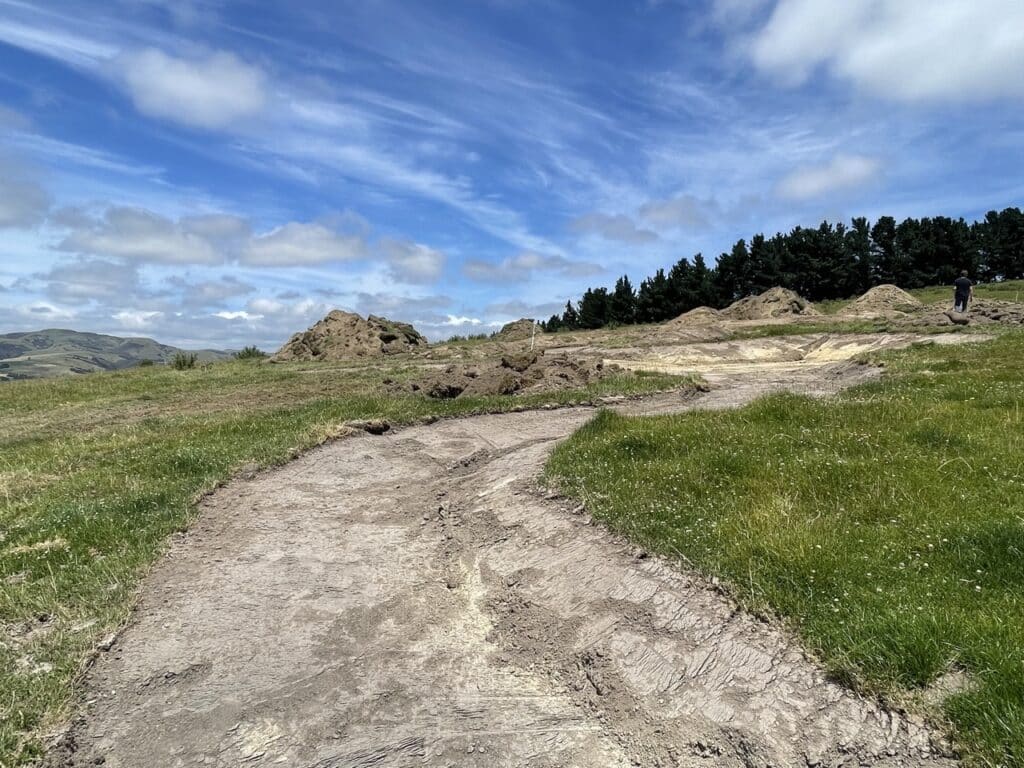
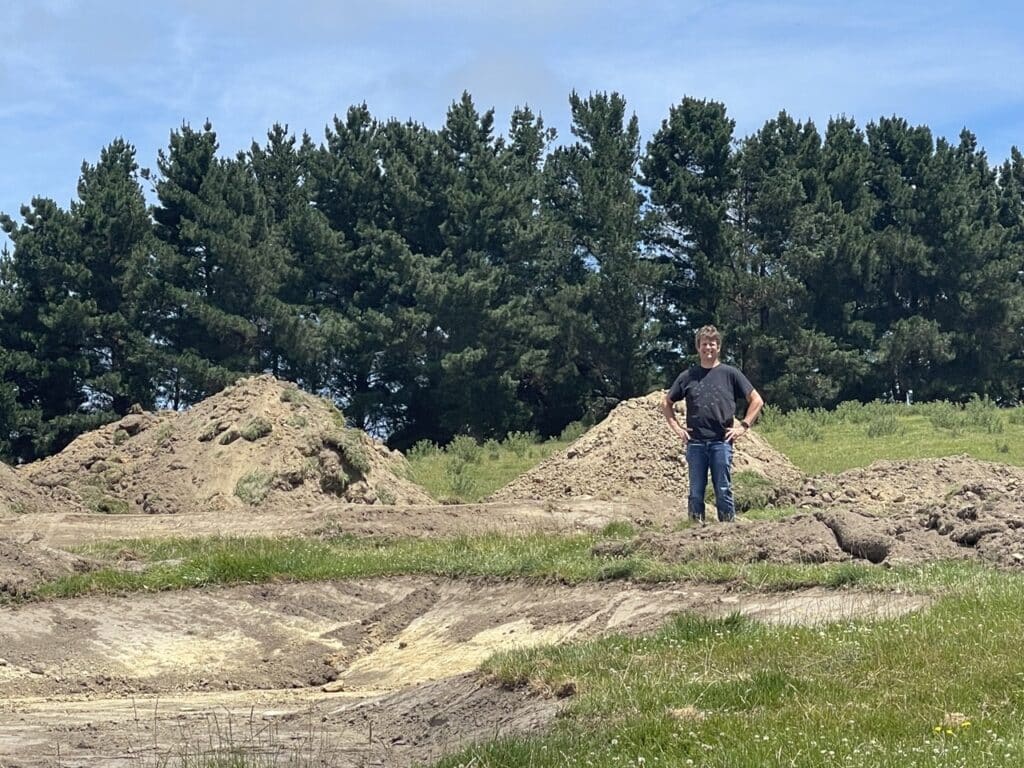
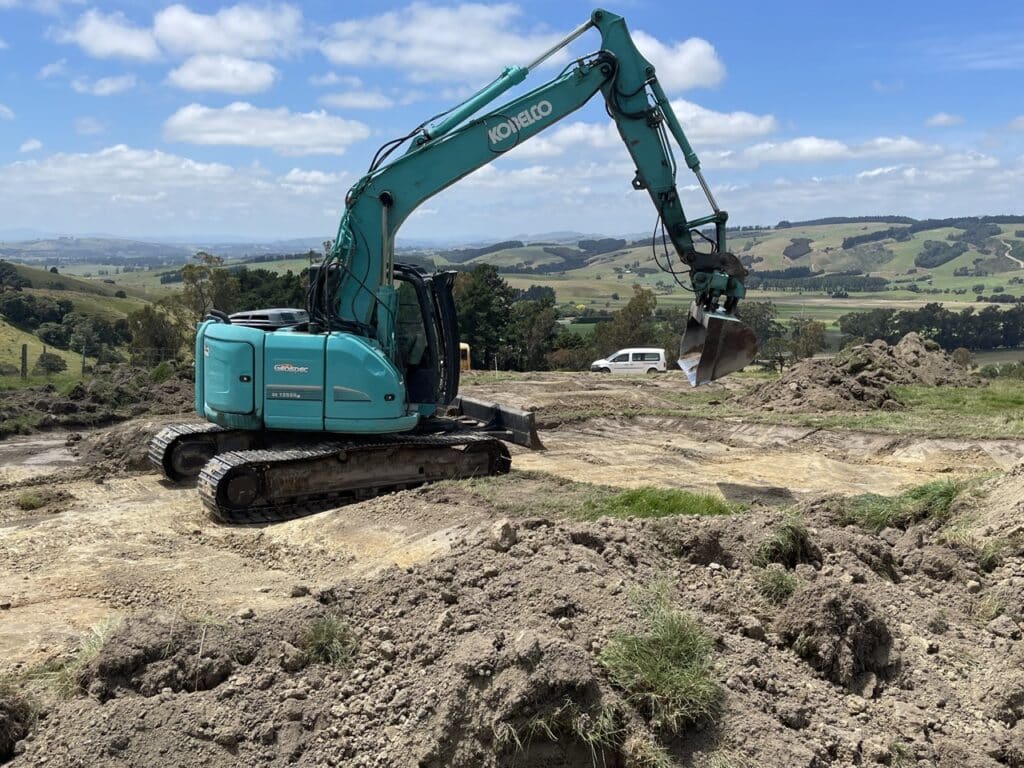
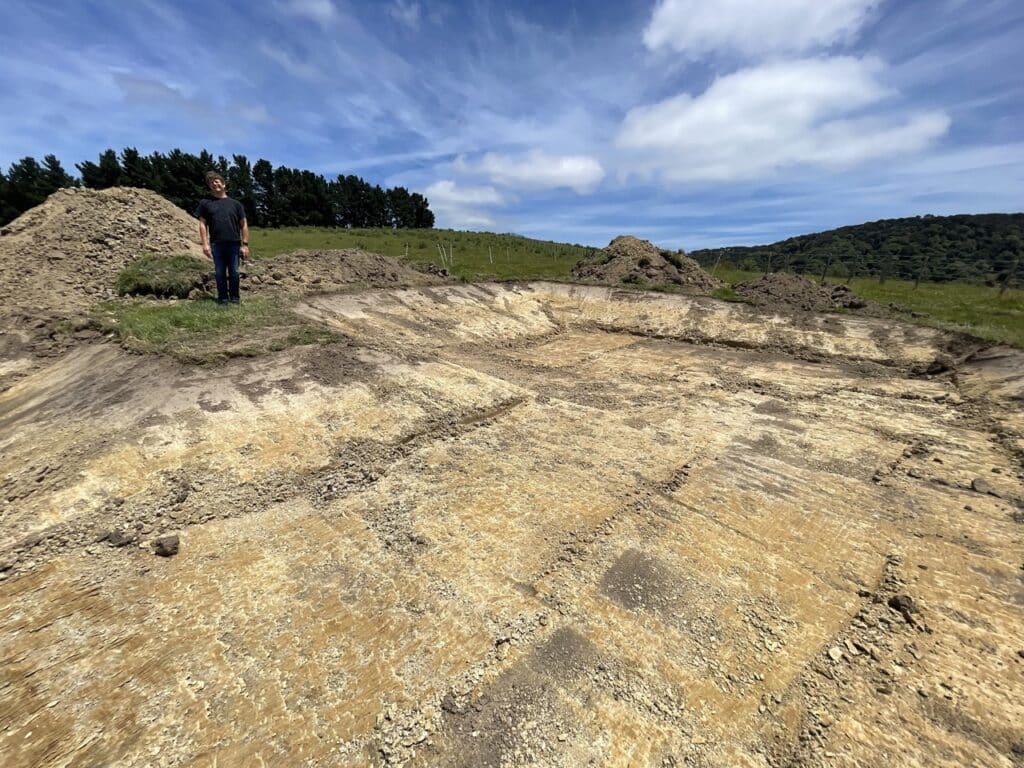
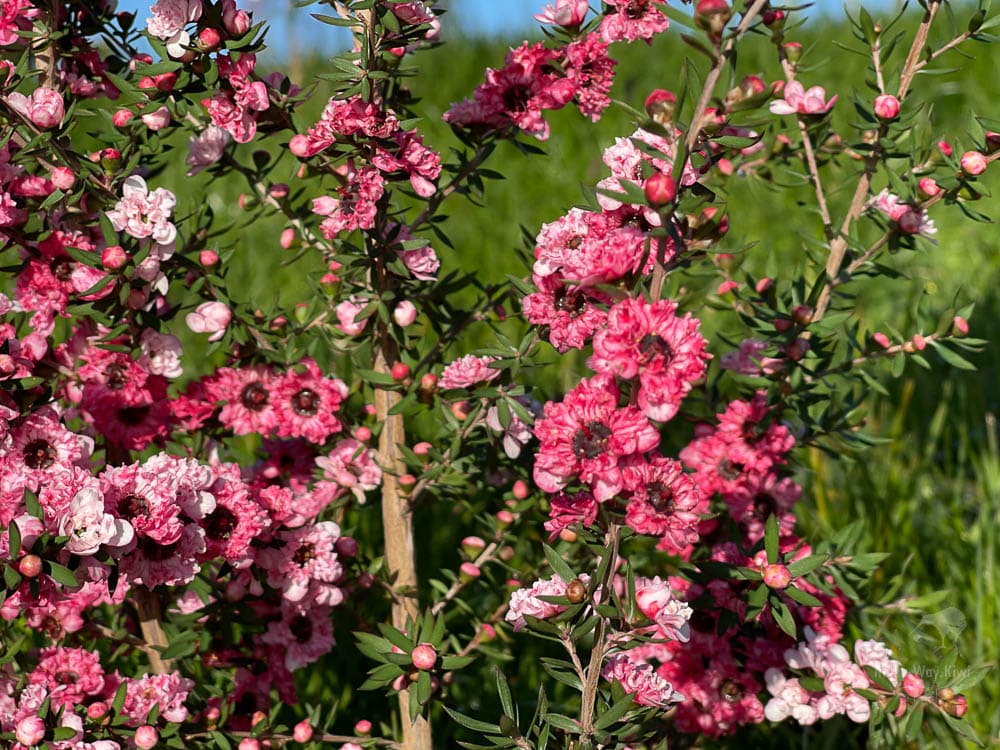
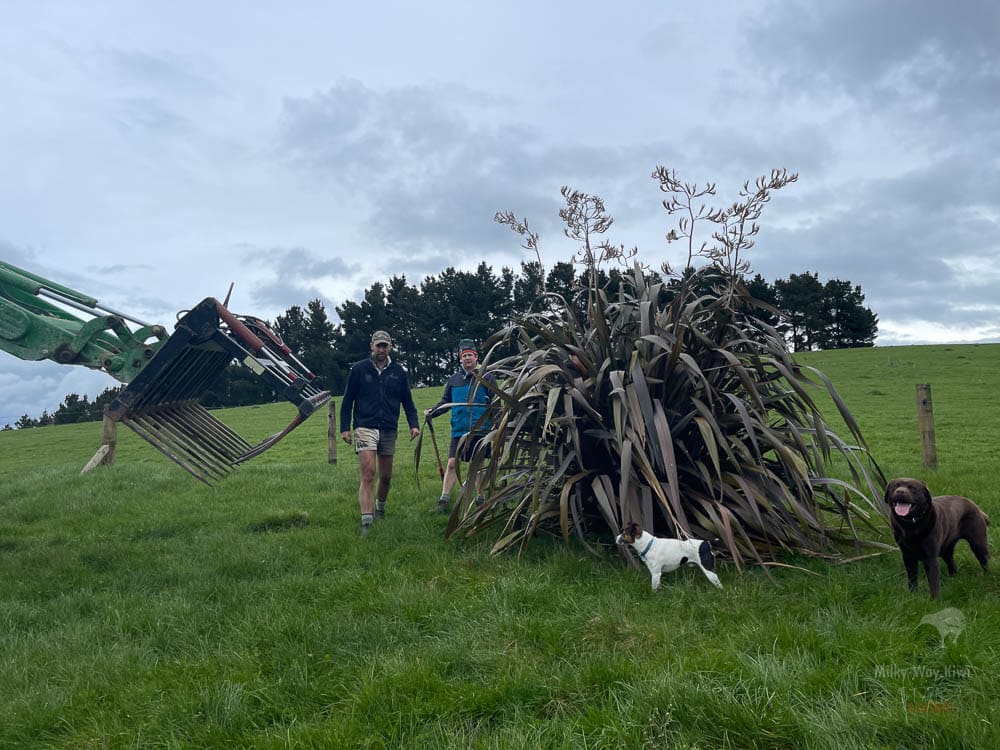
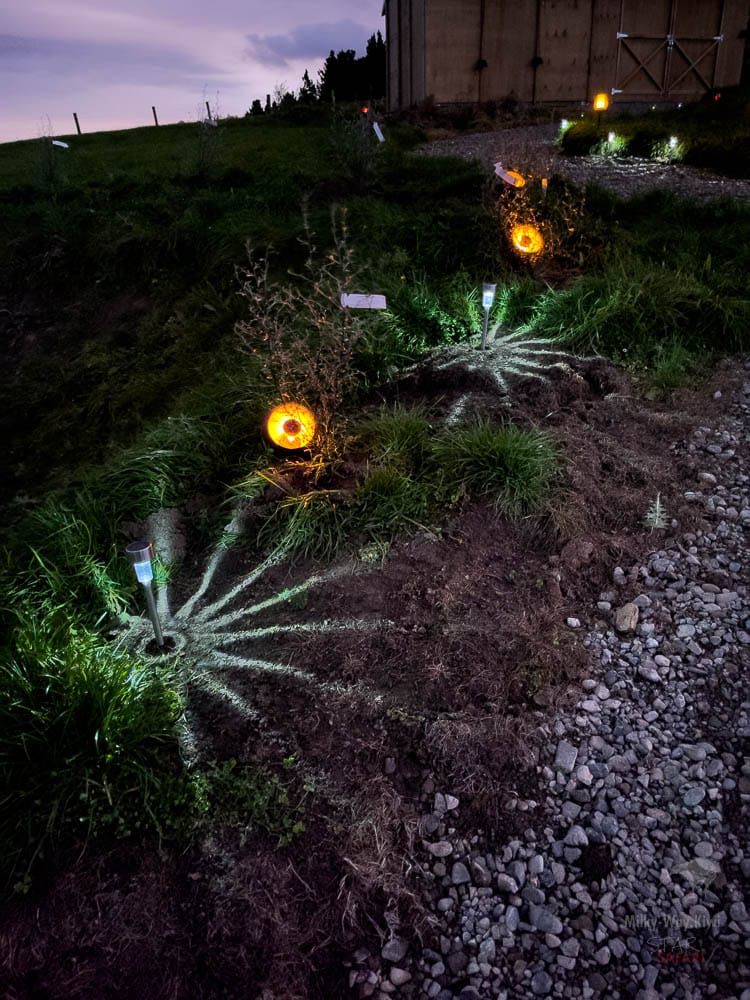
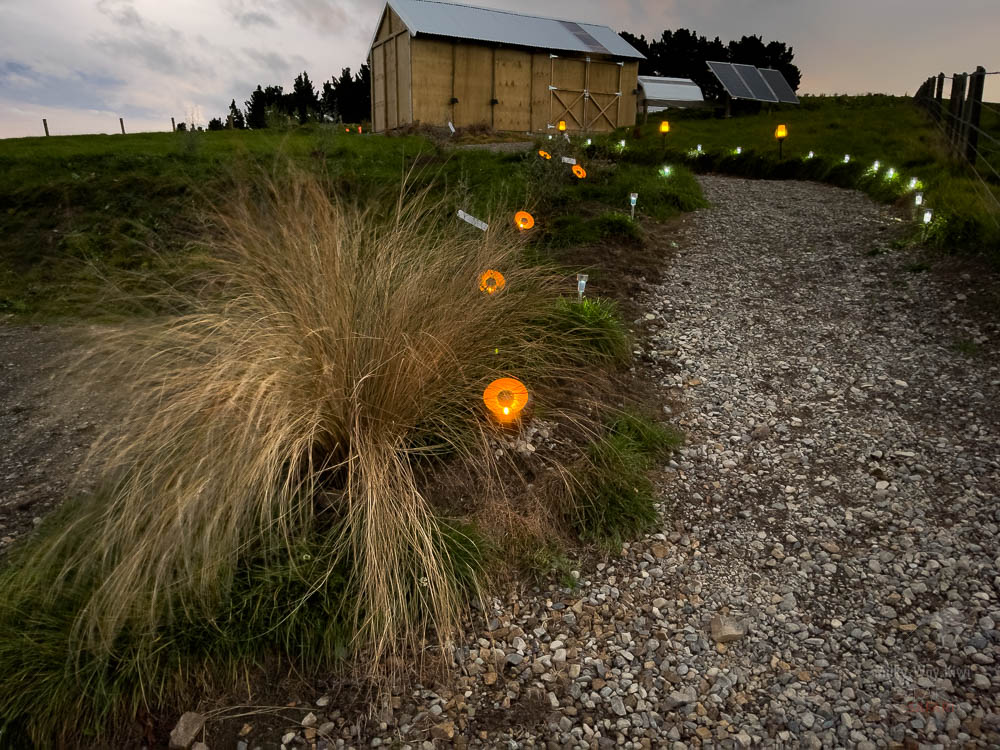
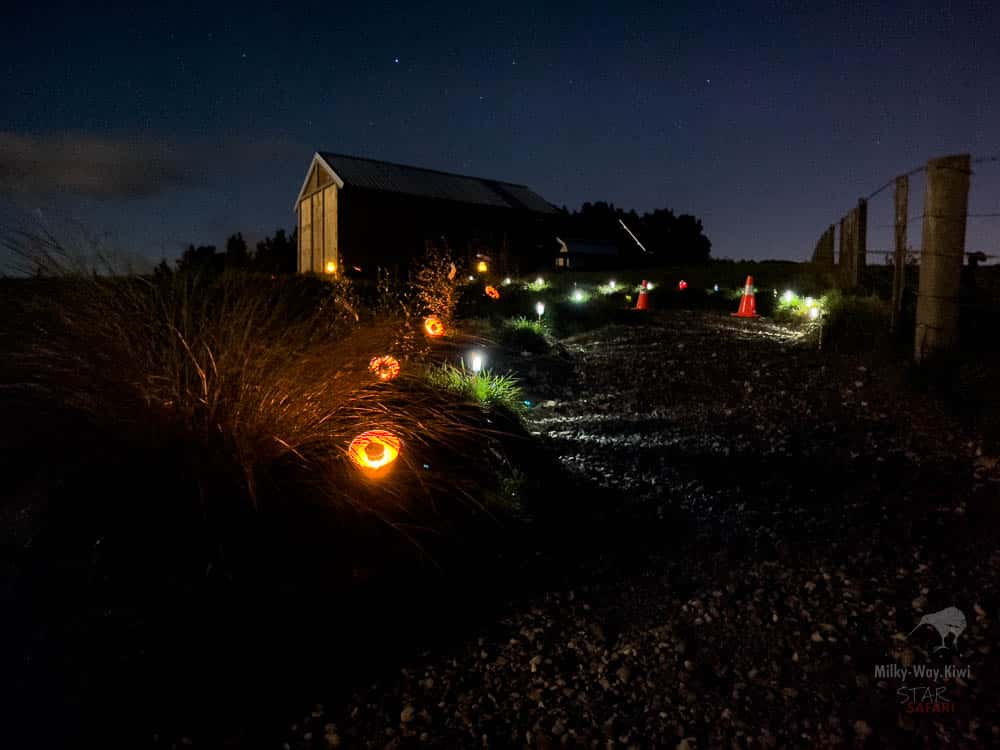
A Moon Garden can be as big or small as you desire – you can create it anywhere, even on your balcony. The size of it will depend on the available area and your preferences, and just like with any other garden, it depends on the scale of the plants you choose to incorporate.
If you have a lot of space, a large Moon Garden can be a focal point in your landscape, featuring winding paths, seating areas, and a diverse array of plants. On the other hand, if you have limited space or live in an urban setting, you can create a miniature Moon Garden on a balcony, patio, or even in a container garden. By selecting compact or dwarf varieties of plants, you can still achieve the desired effect and enjoy the beauty of a Moon Garden.
Ultimately, the size of your Moon Garden is up to you. Whether it’s a windy landscape or a collection of containers on a small terrace, the key is carefully selecting plants and accessories that reflect and enhance the moonlight, providing a serene and enchanting atmosphere.
What kind of plants to use in a Moon Garden?
A Moon Garden is a magical outdoor space to enjoy during the twilight and nighttime hours, a serene oasis that highlights the beauty of nocturnal plants and flowers, illuminating under the Moon’s soft glow and stars. Moon gardens are visually stunning and engage your other senses. In addition, many of the plants chosen for these gardens have enchanting aromas and gentle rustling sounds that add to the overall ambience.
To create a Moon Garden, you’ll want to select plants with blooms and foliage that reflect the moonlight, such as those with white, silver, or pale-coloured flowers. You also want plants that release their alluring fragrances after dusk, creating a multisensory experience.
When designing your Moon Garden, key elements include the layout, plant selection, and reflective or light-enhancing accessories. However, the latter is a matter of personal preference – I chose to have fewer artificial distractions and concentrate on using the plants to achieve the overall effect. Having said that, for safety reasons, the Moon Garden at Star Safari has red-light-illuminated paths, but I try to keep these at the minimum necessary to avoid light clutter.
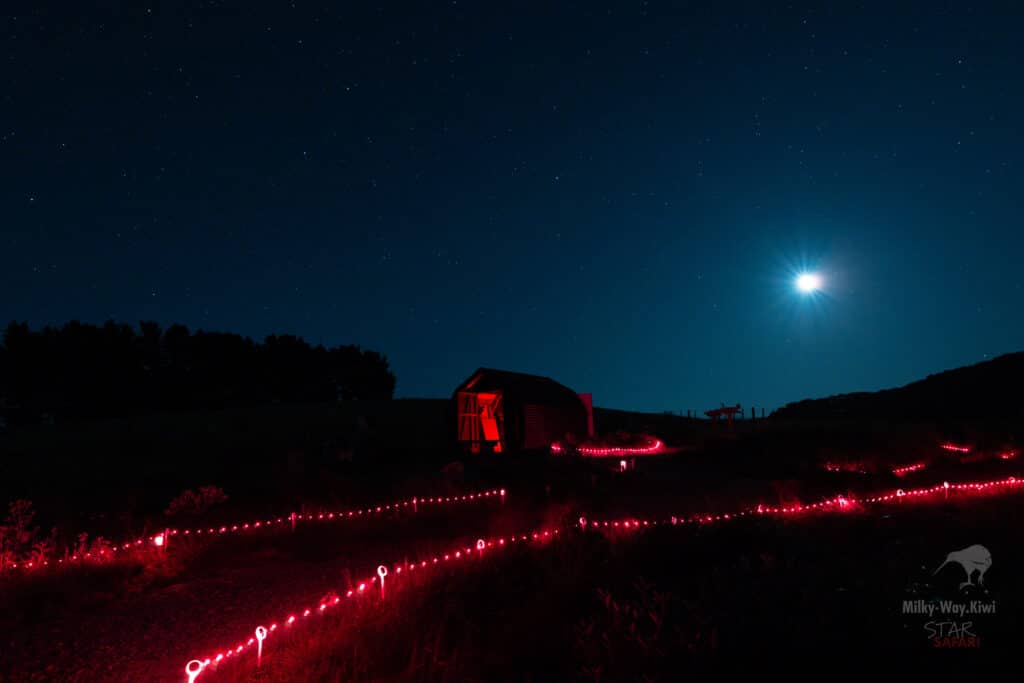
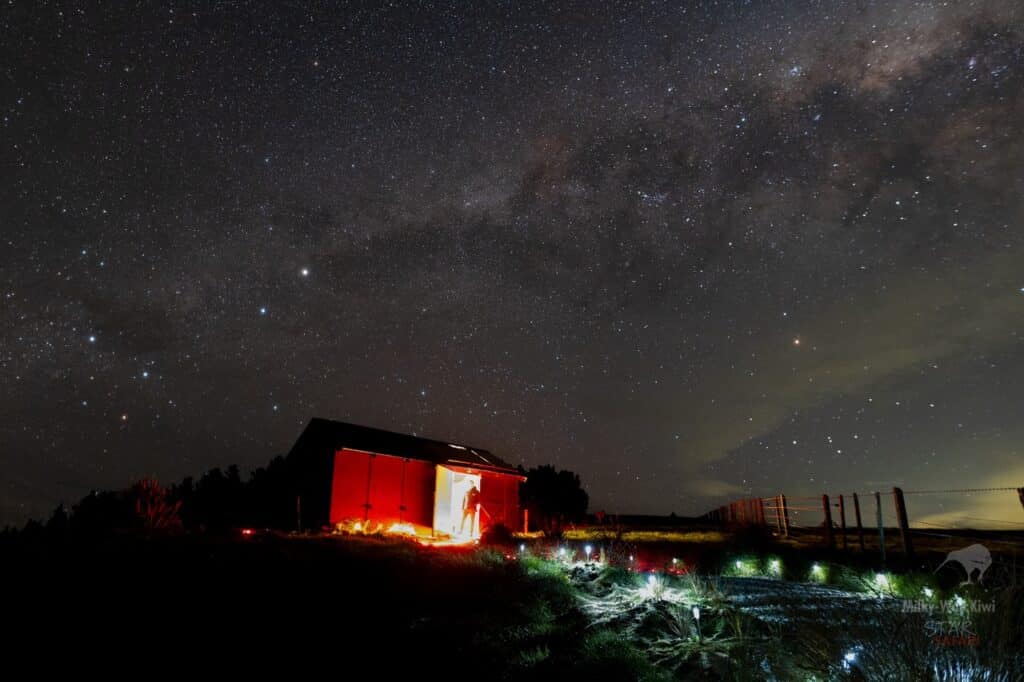
By thoughtfully curating your Moon Garden, you’ll enjoy a peaceful retreat that comes alive at sunset, offering a unique and mesmerizing space to unwind and reconnect with nature. So embrace the ethereal beauty of a moonlit garden and create your own nocturnal haven.
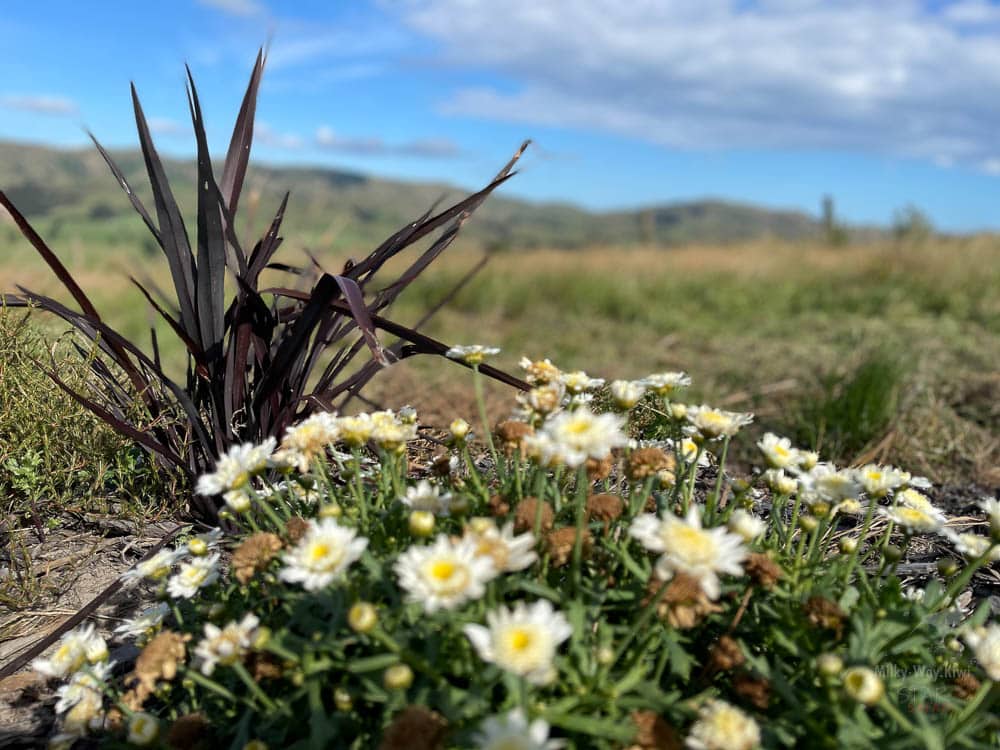
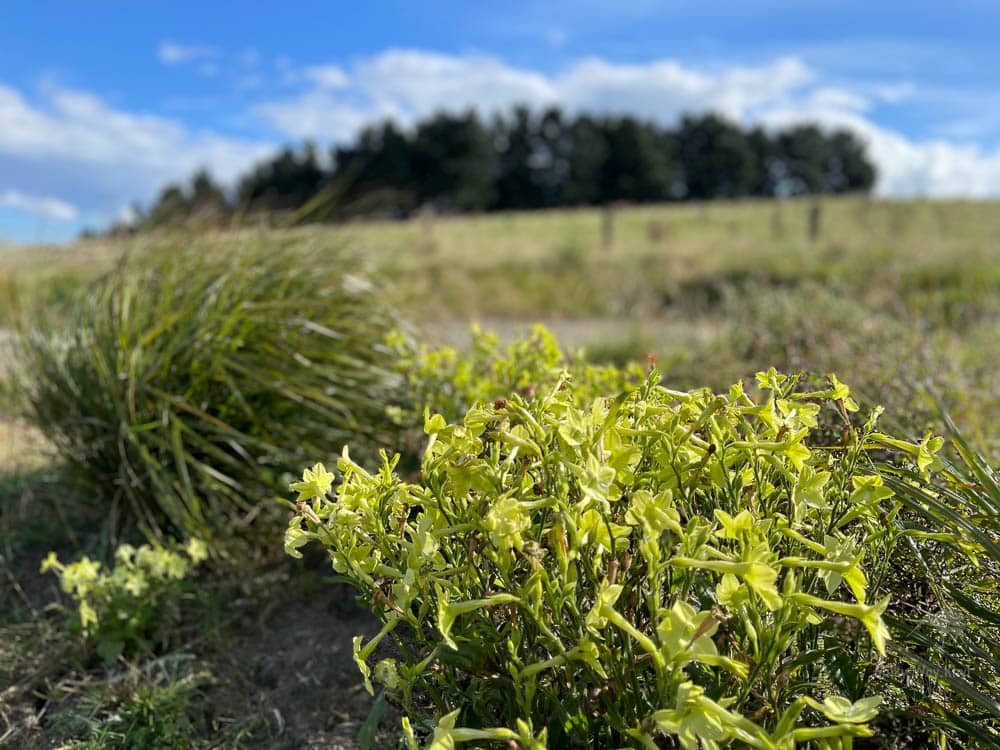
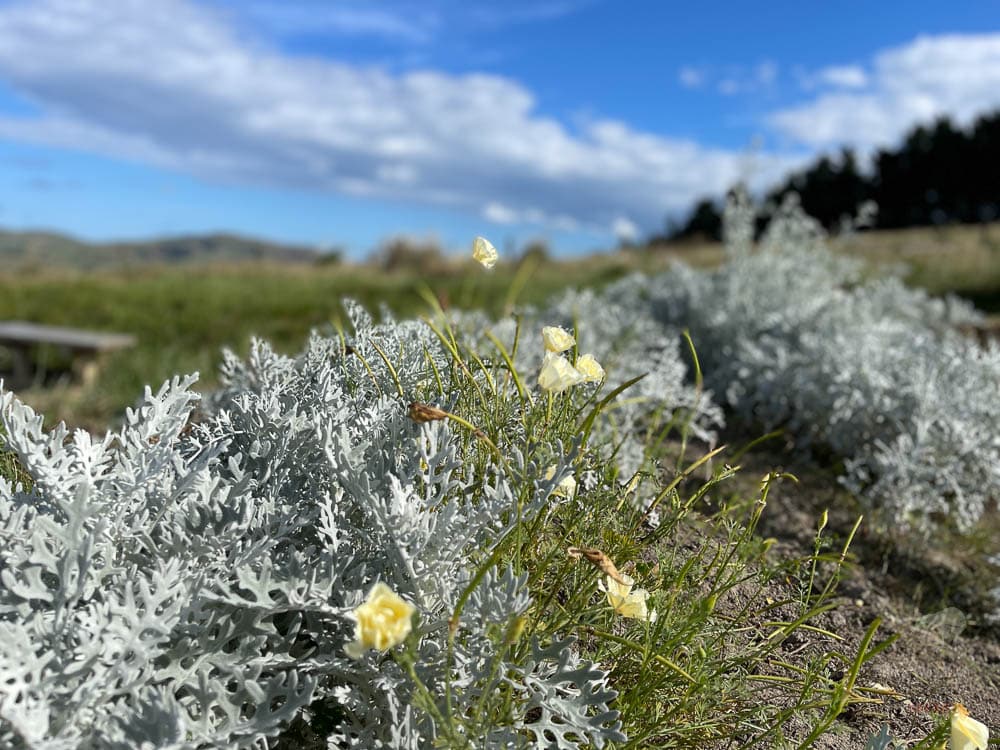
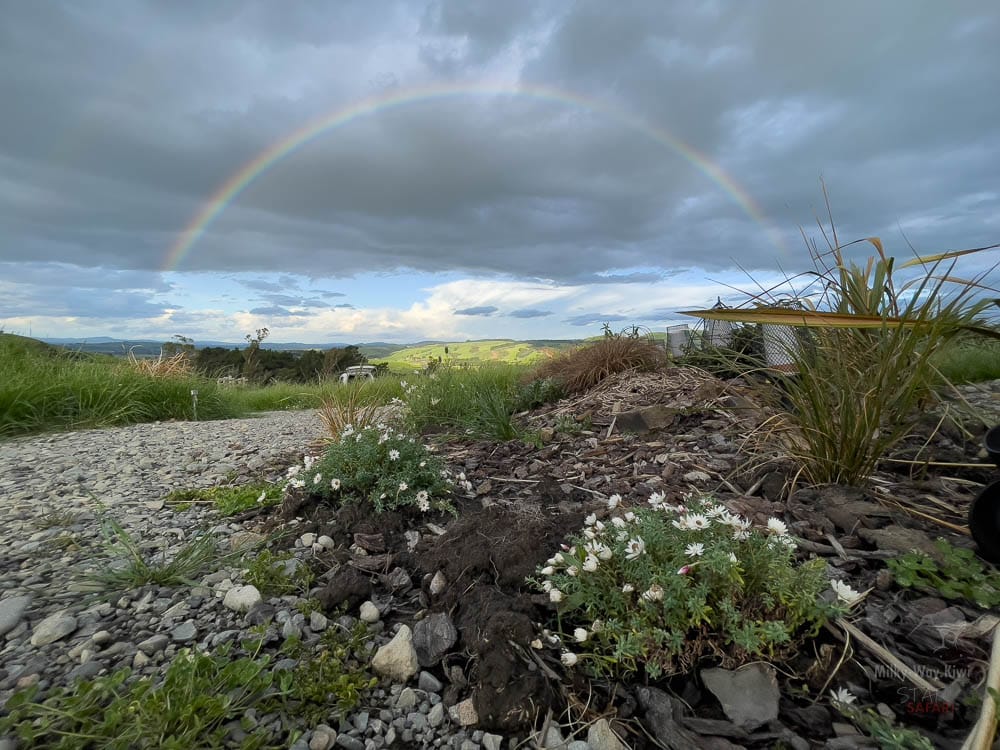
In the next post, I will talk about the types of plants you can use, including New Zealand natives and the links between gardens and astronomy.
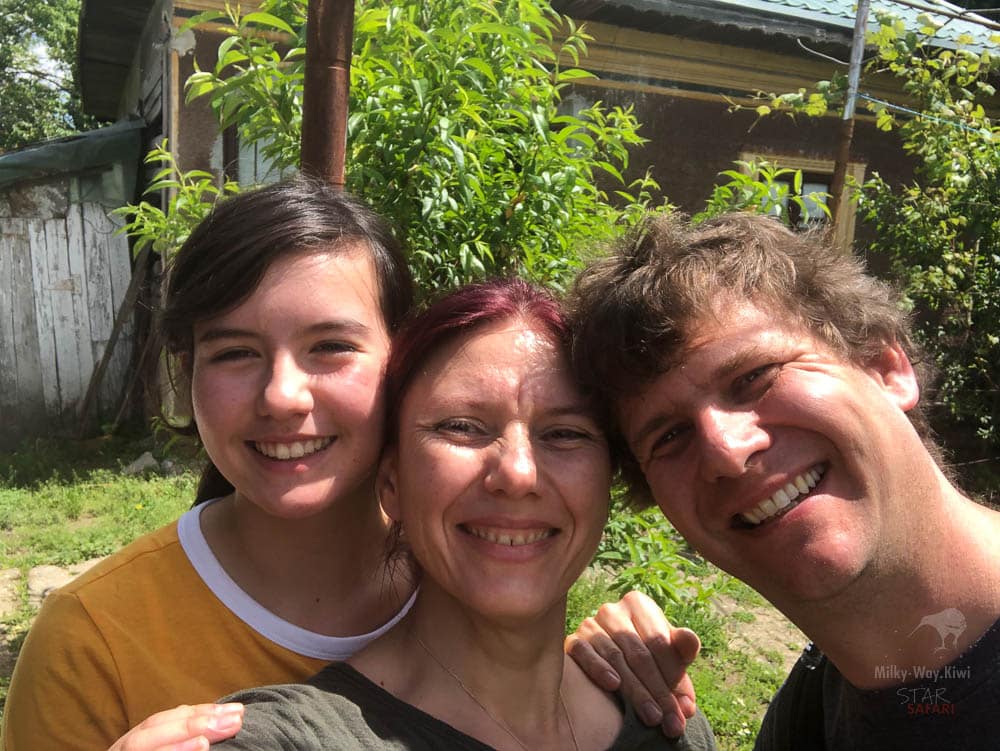
With my daughter Haritoa-Gaea and my partner Sam in 2019 at Fundu-Părului (Romania), where my grandparents’ enchanted garden still is.
From agronomy to astronomy:
Two themes have been constant in my life: agronomy, which I have learned from my grandfather and astronomy, which I have always yearned to know more about. Years later, a horticultural engineering degree and a master’s in environmental management supports my astrobiology career, and at the heart of it, I am a stargazer who loves gardens.


